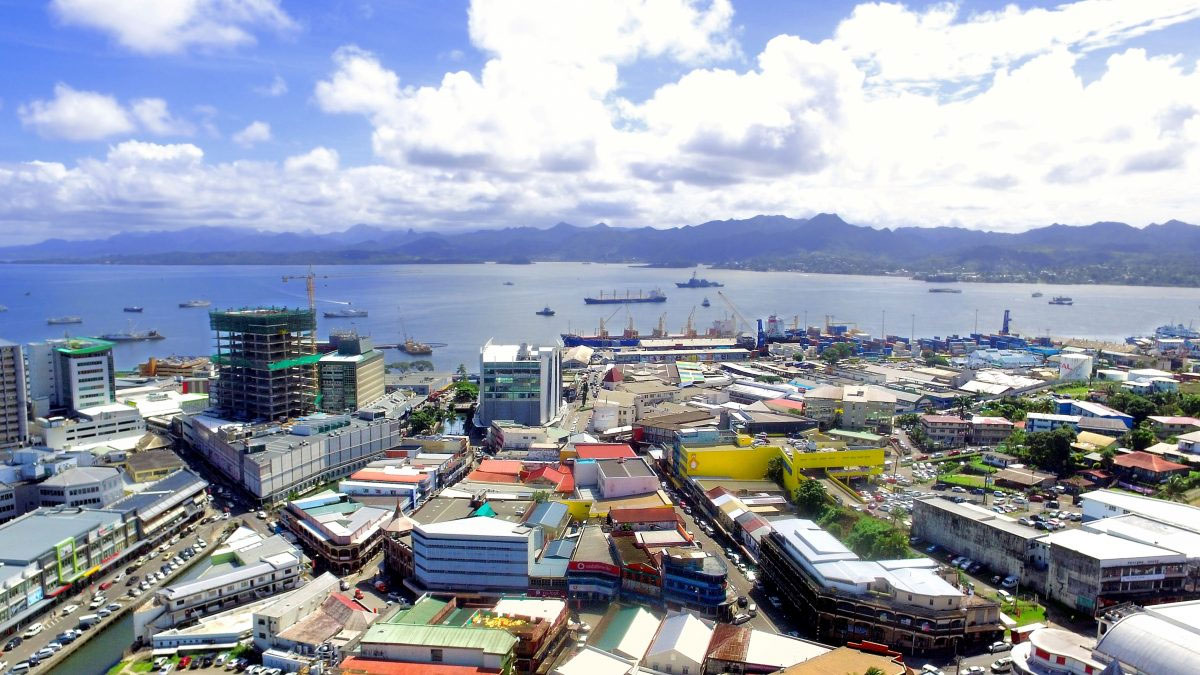
Despite the fragile global economy, the Fijian economy has performed above expectations in the first half of 2023, led by a robust tourism sector, increased certainty in the business environment, pent-up demand and the positive impact of the 2023-2024 National Budget.
The latest Westpac Wave projects real GDP to grow by 7.8 percent this year, led mainly by tourism-related sectors, particularly accommodation and food services, transport and storage, and wholesale and retail sales.
Additionally, net taxes, manufacturing, finance and insurance, construction, and real estate sectors are also expected to contribute slightly higher towards growth outcomes for this year.
For 2024, the economy is projected to grow further by 4.3 percent, with spillover effects from the National Budget combined with the ongoing recovery in the tourism sector. The Fijian economy is expected to grow moderately by around 3.0 percent in 2025.
It says the gradual uptick in visitor arrivals since the reopening of Fiji’s international borders in December 2021, supported by the lifting of all COVID-19 restrictions, resulted in a substantial turnaround in all key economic sectors in 2022 and spillover effects in the first half of 2023.
Visitor arrivals reached 636,312 in 2022 (71% of 2019 levels), a vast increase from 31,618 in 2021, and the momentum continues in 2023.
In the year to May 2023, visitor arrivals stood at 327,392, already 51.5 percent of 2022 levels and 36.6 percent of total arrivals in 2019.
With peak tourism season underway, it is highly probable that visitor arrivals will surpass pre-pandemic levels earlier than expected.
The Westpac Wave also says adding to this momentum is the positive impact of the 2023-2024 National Budget, which targets post-pandemic economic recovery while emphasising macroeconomic stability and fiscal sustainability.
It says the National Budget on balance adds positively to the general economic outlook through higher spending in key priority sectors, which will further enhance growth momentum.
The Westpac economic outlook says at the same time, the reforms and realignment of tax policies and incentives will provide a conducive environment for investment, rebuild confidence and ensure sustainable inflows of government revenues.
It also highlights that overall, the net deficit for the 2023-2024 financial year is budgeted at -4.8 percent of GDP, much lower than the last four consecutive years.
Consequently, the debt-to-GDP ratio will fall to 79.3 percent.
It says with tourism recovery, the labour market in Fiji is also improving, ultimately supporting increased aggregate demand.
The Reserve Bank of Fiji’s job advertisement survey shows an upward trend in the number of jobs advertised in Fiji.
As such, consumer spending has increased in the economy, which is evident by the increase in gross Value Added Tax collections.
Consumption is also supported by the continued influx of inward remittances, which rose in the first four months of 2023. Commercial banks’ new lending for investment purposes, which remained subdued for the past two years, is showing signs of pickup.
Consistent with the robust demand in the economy, improvement in employment, ongoing fiscal and monetary support, and year-to-date sectoral outcomes, the Fijian economy is well on track to grow further in 2023.
The Fijian economy is estimated to have rebounded strongly with a double-digit growth outcome last year, led by a broad-based recovery in the services sector backed by a better-than-expected performance in tourism and related sectors.
As at end of June 2023, banking system liquidity stood at above $2.4 billion, supported by foreign reserves, which stand at above $3.5 billion, sufficient to cover more than 6.0 months of retained imports.
Foreign reserves are projected to remain comfortable into the medium term, once again on the back of borrowings as the government gross deficit will be financed through borrowings from multilateral and bilateral development partners.
Stay tuned for the latest news on our radio stations

